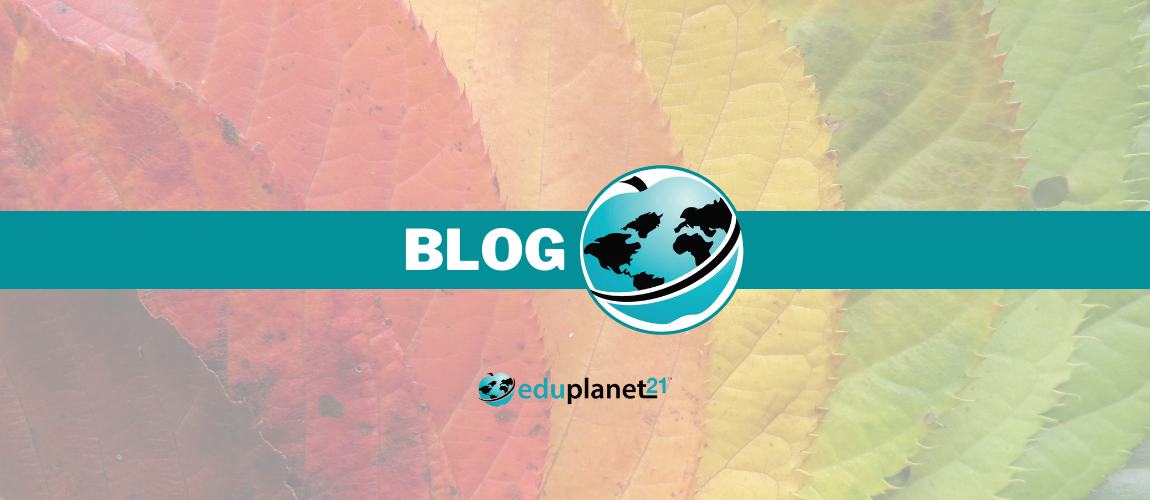Is teaching a science or an art?
This debate reaches the very foundation of the profession, and you will be hard pressed to find agreement even among teachers themselves. The truth is that the question is impossible to answer because good teaching requires both.
Teaching requires a scientific understanding of how students progress through stages of development as well as a data-driven attention to meaningful assessment and outcome-centered curriculum development. At the same time, teachers must possess the flexibility and creative spirit of an artist in order to shape and mold those rigid academic standards into something elastic that meets the learning needs of individual students.
Differentiated instruction is where the science and the art of teaching collide. It allows teachers the flexibility to meet individual learners’ needs while still being rooted in best practices in curriculum development and assessment.
It can be overwhelming to think about differentiating instruction for individual learners. After all, teachers have a limited amount of time in each class. Some classrooms can present 20 different learning preferences, making individual adaptations to a lesson extremely time consuming and potentially distracting.
Differentiation doesn’t have to be overwhelming, though. Teachers can develop their skills in a supportive and collaborative environment in order to ensure that their instruction meets the needs of diverse learners. With some tips and principles in mind, teachers can incorporate differentiation into their classroom practices so smoothly that it will become second nature!
Principal 1) It Applies to More than Content
Often, people will mistakenly think that differentiation means changing the content that is delivered. It certainly can mean this. An advanced learner might benefit from more challenging content while some students might benefit from reviewing more basic material before moving on.
Some teachers (and parents, too) balk at the idea of changing content because they worry that creating individual content lessons for students will make it impossible to assess progress and meet learning objectives.
It is important to remember that content is not the only place where differentiation occurs.
- Process– Learners can cover the same content through different processes. Providing multiple paths to the same destination ensures that learners can be active and engaged regardless of their learning preferences. For example, some learners may react best to visual material while others prefer hands-on experiments.
- Product– There are many different ways to assess whether or not content has been absorbed and understood. If a teacher is willing to differentiate the product that students create through a learning activity, he or she may be able to engage many more learners. A student could, for instance, create a video summary instead of a written report or sculpt a model instead of drawing it.
- Classroom– The actual learning atmosphere can be changed to meet different learners’ needs. This can be as simple as providing different seating options or as complex as creating entirely different learning spaces.
Principle 2) Build It In from the Beginning
Differentiation becomes exhausting when attempted in the middle of a lesson after realizing that the instruction is not reaching all learners and the original goals must be adapted. This not only puts teachers on the spot to improvise, but also creates a sense of distress as carefully designed plans go awry.
The best way to avoid this is to incorporate differentiation from the very beginning. When creating curriculum, add notes about how it could be adapted to meet specific learner needs. It is especially important to do this during the performance task planning stage while the main objectives and goals are still fresh in one’s mind. At this point, it is much easier to come up with alternative methods to reach the same goal. Later, when trying to adapt a lesson in action, it can be much harder to keep the bigger picture in mind.
Here are some places in the curriculum design process to consider differentiation:
- Assessment– In planning assessment methods for each individual component, add in notes for alternative assessment strategies.
- Supplements– Add links to resources that discuss or present the material in a variety of ways. If verbal instructions are normally given, find animated videos. If hands-on experiments are assigned, find links to visual handouts. Have these on had for easy access when it becomes clear that students could benefit from differentiated explanations.
- Speed– Always have a “speed it up” and “slow it down” contingency plan, and make a note of it. There will be times when it may be necessary to make these adjustments for the whole class, but it is likely that this approach will be used more often with individual students.
As teachers explore differentiated learning in depth, there are many foundational practices that can be adapted across grade levels and disciplines for a truly dynamic framework for curriculum design and implementation.
 Login
Login
